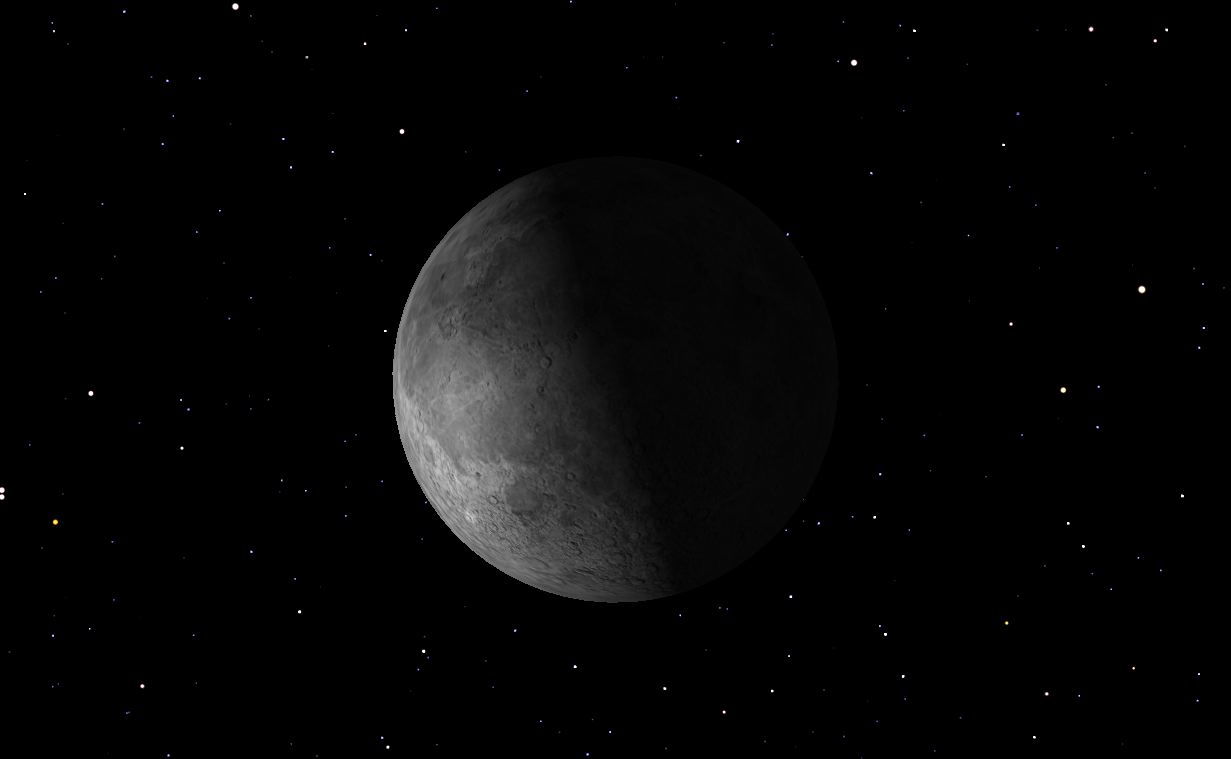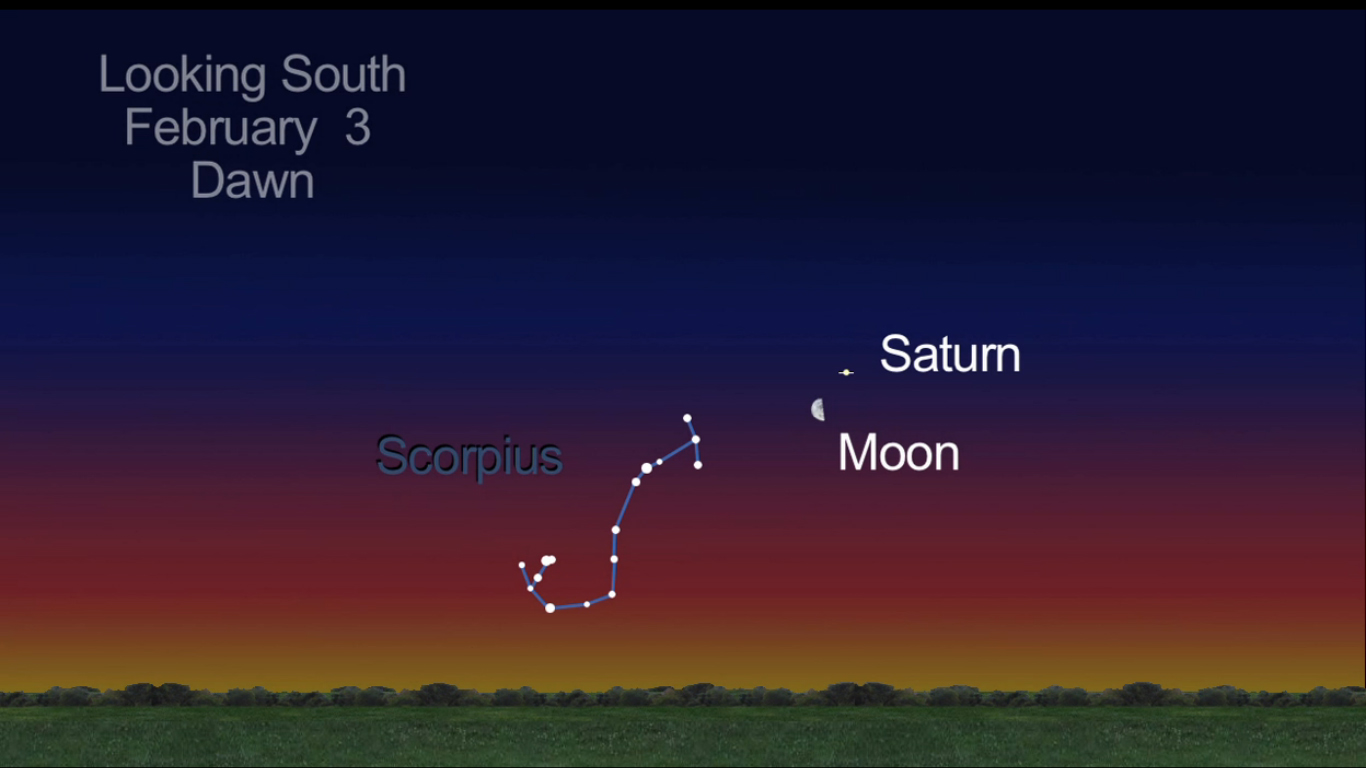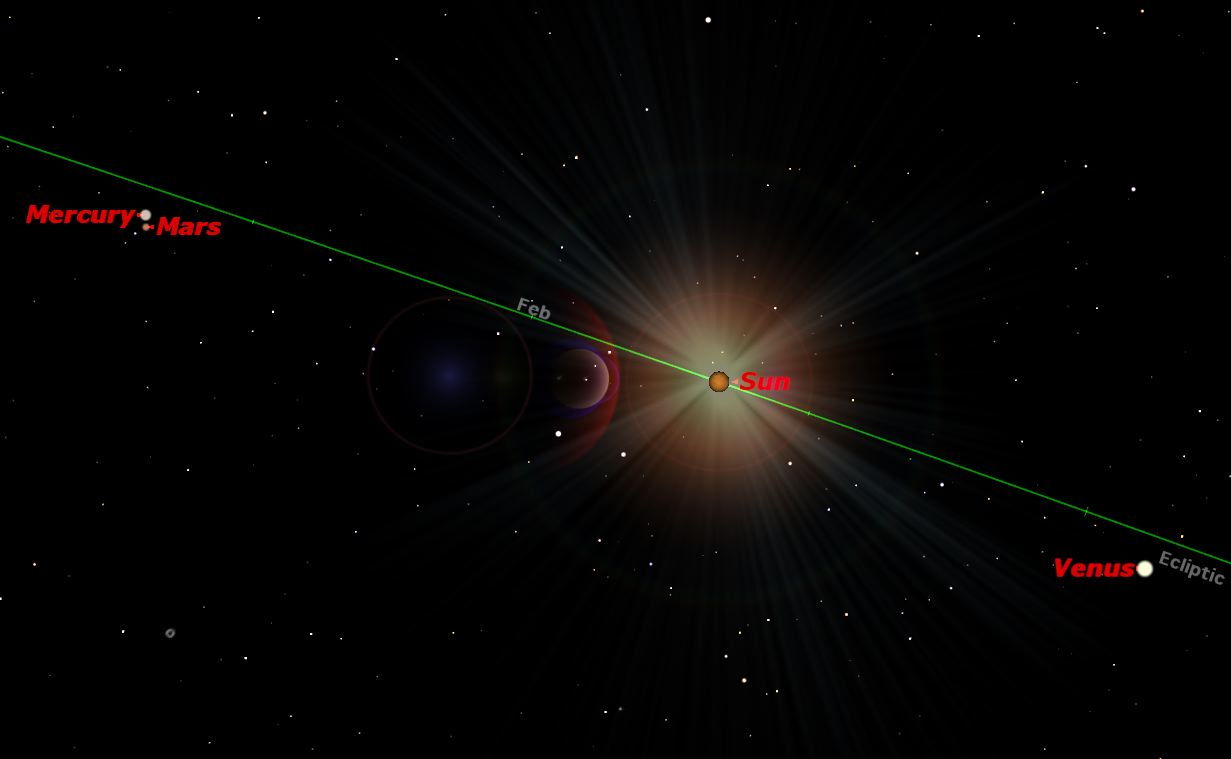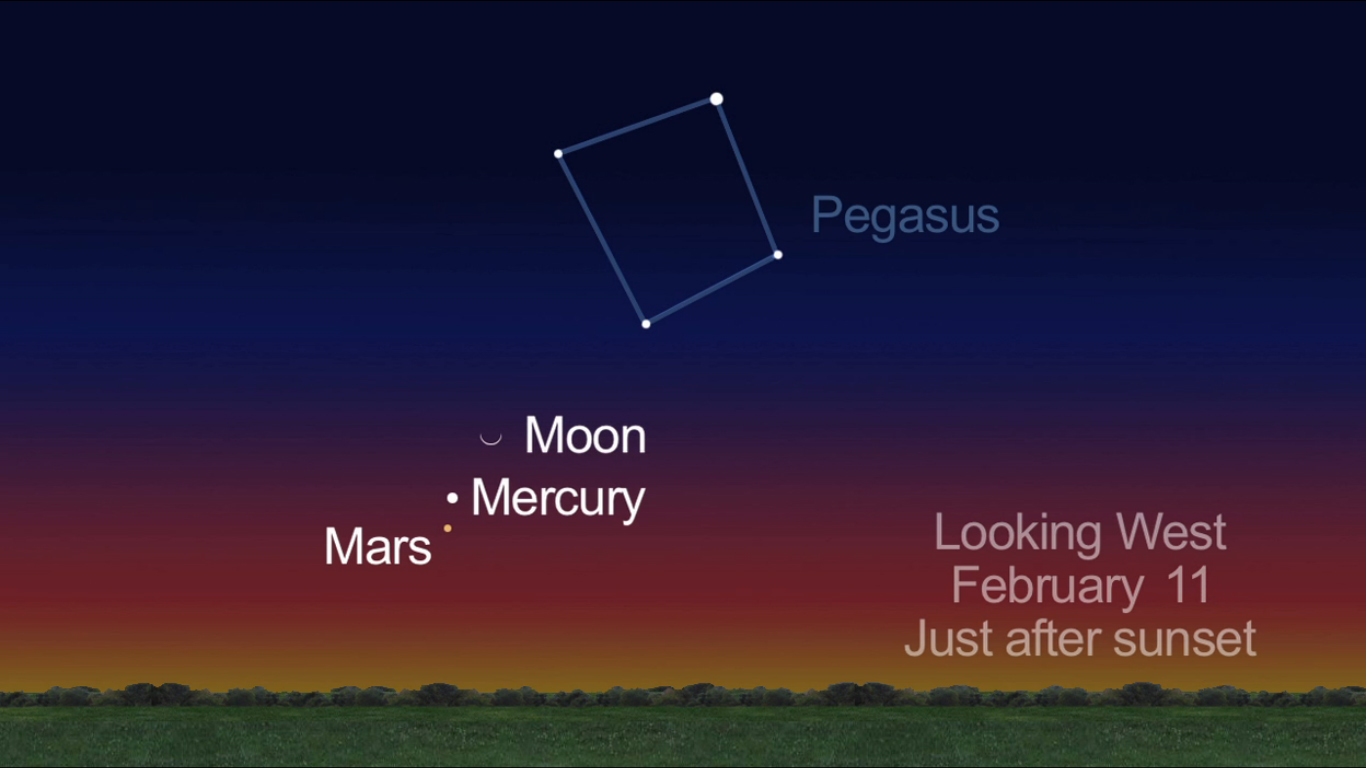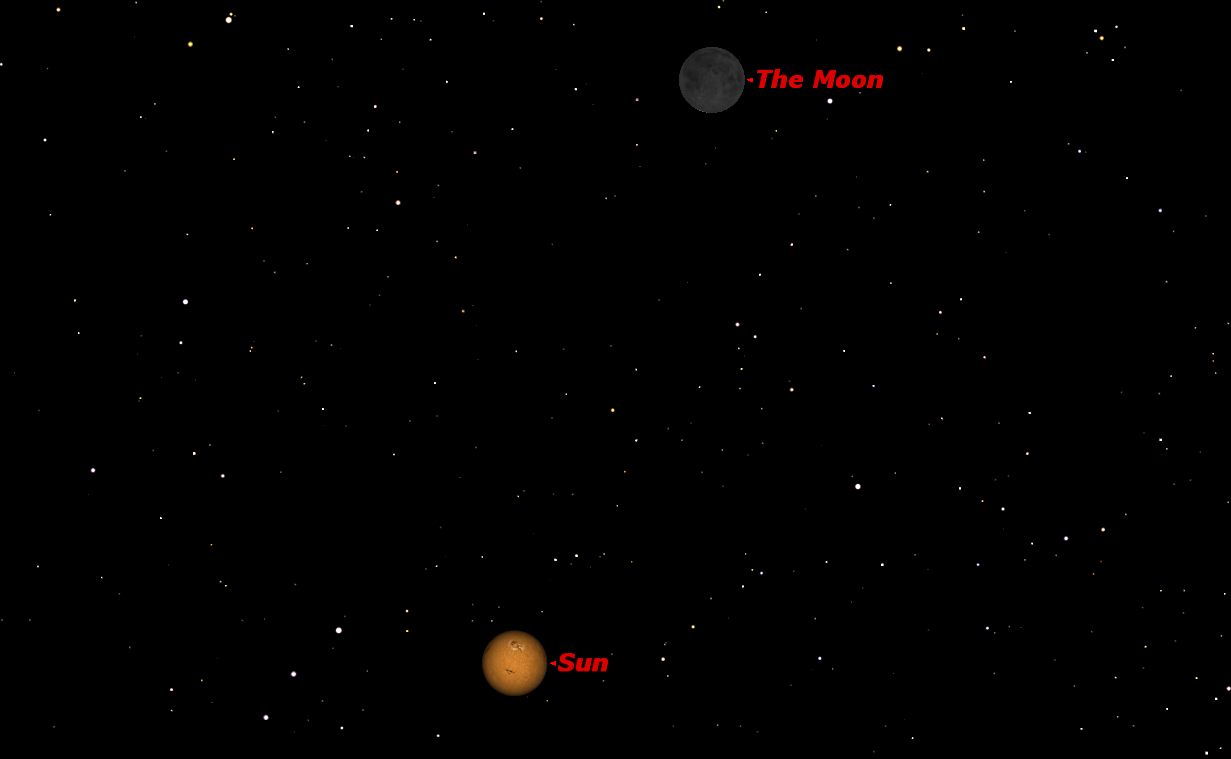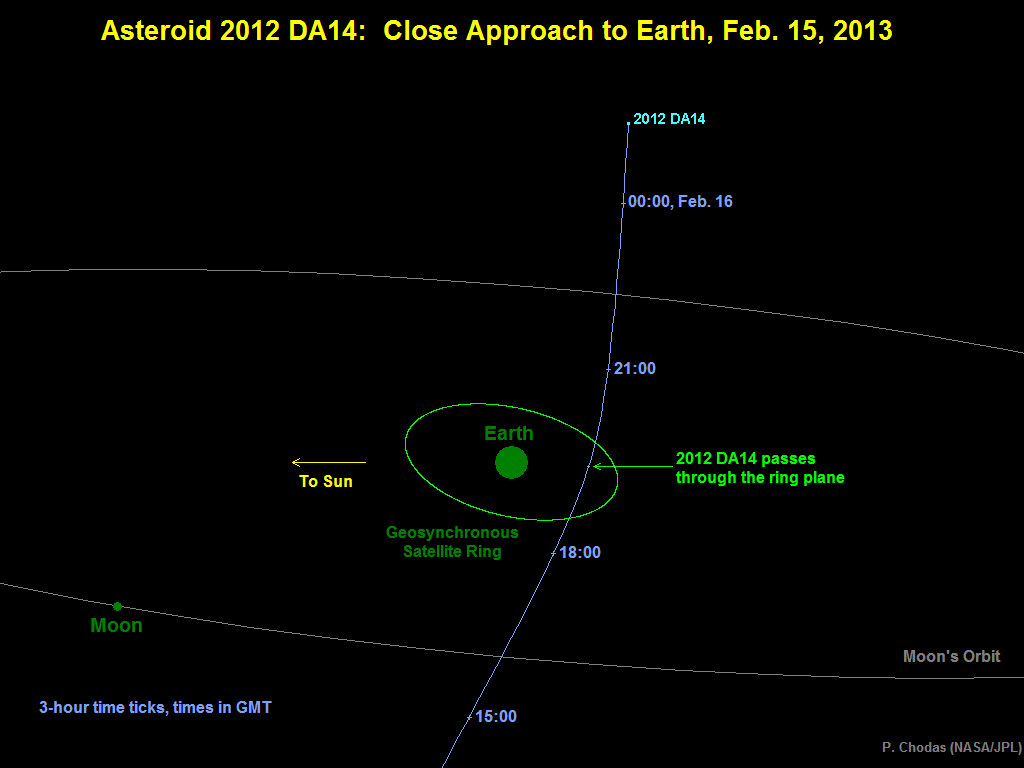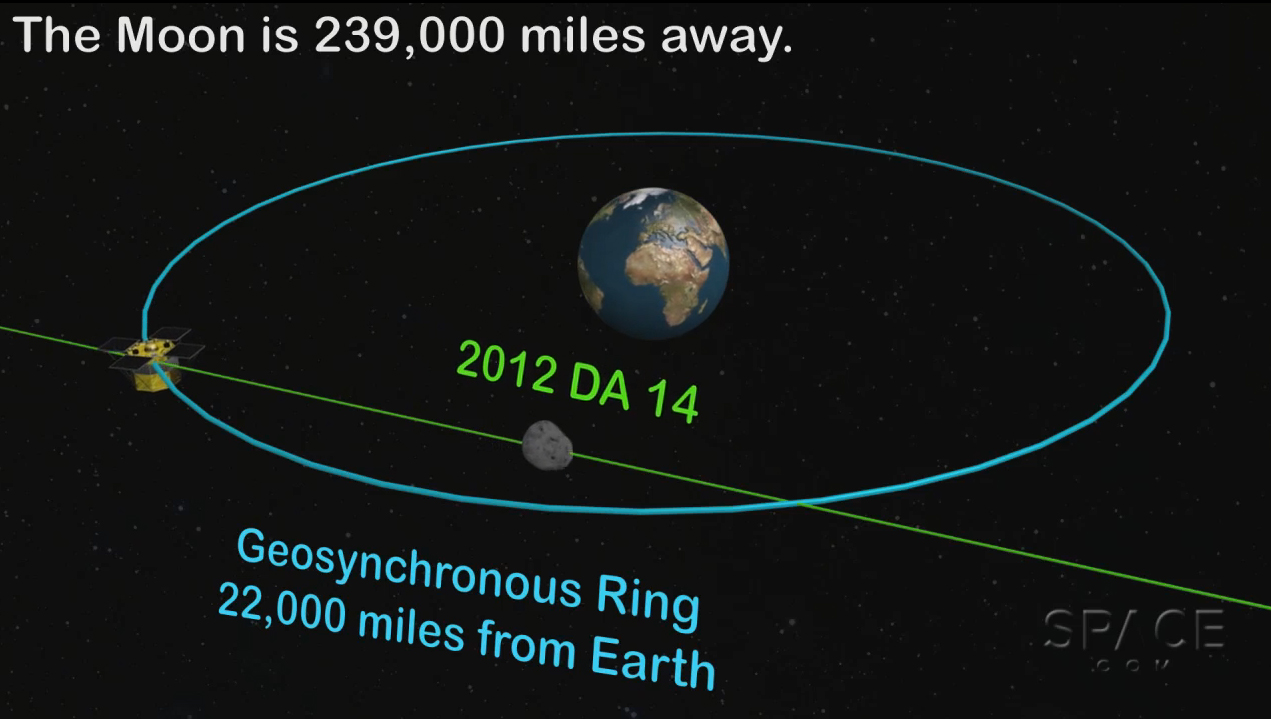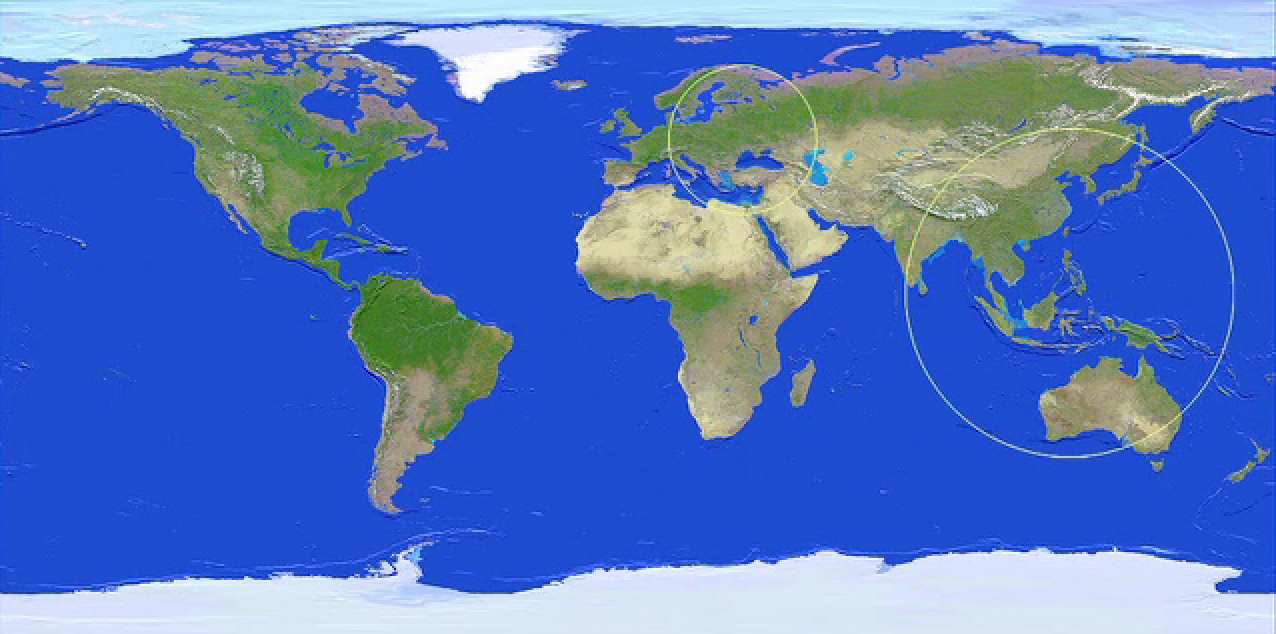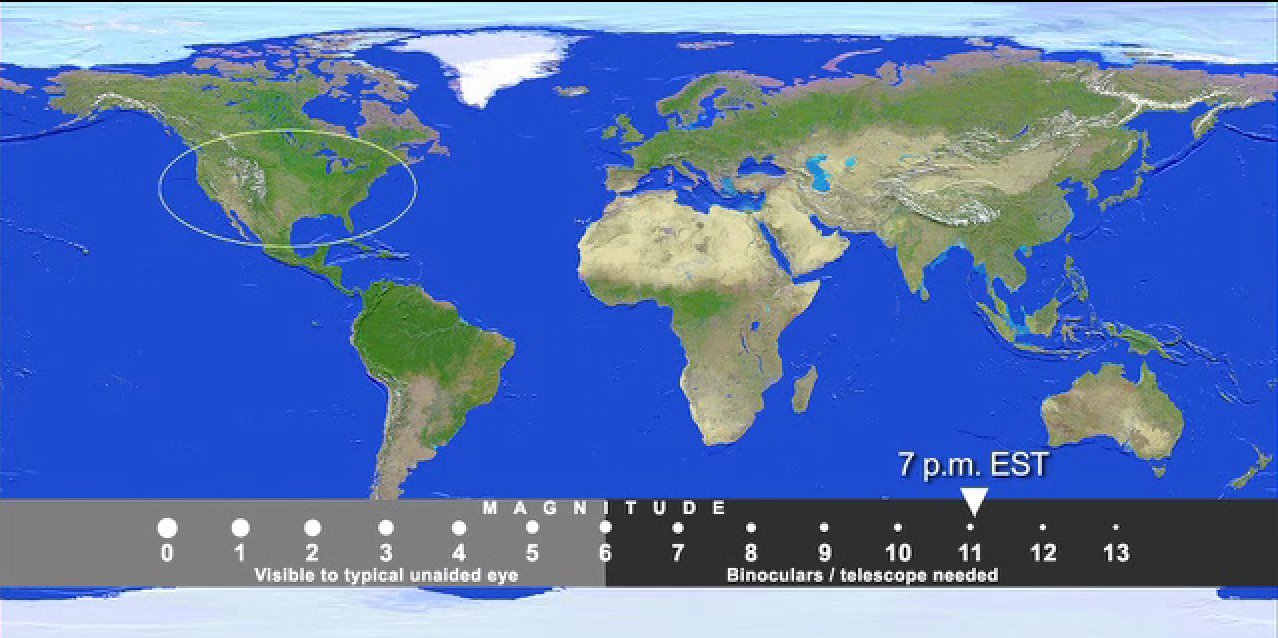Night Sky Observing Guide: February 2013 (Sky Maps)
Spica North of the Moon, February 2013
Fri., Feb. 1, 9 p.m. EST. he moon will be close to the bright star Spica. Observers in southern Africa and eastern Australia will see the moon occult Spica.
Last Quarter Moon, February 2013
On Sun., Feb. 3, 10:56 a.m. EST, The last or third quarter moon rises around 1 a.m. and sets around 11 a.m. It is most easily seen just after sunrise in the southern sky.
Moon and Saturn on Super Bowl Sunday (2013)
This NASA graphic shows the position of the moon and planet Saturn on Super Bowl Sunday, Feb. 3, during a dawn celestial meetup in the southern sky.
Mercury North of Mars, February 2013
Fri., Feb. 8, 4 p.m. EST. The two planets Mercury and Mars will be in a close conjunction. Since both are close to the sun, this will be difficult to observe, as there is only a narrow window between when the sky gets dark enough after sunset and when the two planets are high enough above the horizon to still be visible. Binoculars or a telescope recommended.
Mars and Mercury: Feb. 10, 2013
The location of planets Mars and Mercury in the western sky just after sunset on Feb. 10, 2013, are shown in this NASA graphic.
Moon, Mars and Mercury: Feb. 11, 2013
This NASA graphic shows the location of the crescent moon, Mars and the planet Mercury in the western sky just after sunset on Feb. 11, 2013.
New Moon, February 2013
Sun., Feb. 10, 2:20 a.m. EST. The moon is not visible on the date of new moon because it is too close to the sun, but can be seen low in the east as a narrow crescent a morning or two before, just before sunrise. It is visible low in the west an evening or two after new moon.
Breaking space news, the latest updates on rocket launches, skywatching events and more!
Asteroid 2012 DA14's Close Approach
Diagram depicting the passage of asteroid 2012 DA14 through the Earth-moon system on Feb. 15, 2013.
Threading the Satellite Needle: Asteroid 2012 DA14
This graphic is an illustration of how the asteroid 2012 DA14 will fly between Earth and the constellation of geosynchronous satellites on Feb. 15, 2013, when the asteroid flies within 17,200 miles of the planet.
Asteroid 2012 DA14 Viewing: Europe and Asia
This NASA map shows the locations in Eastern Europe, Asia and Australia, where the asteroid 2012 DA14 may be visible in telescopes during its close Earth flyby on Feb. 15, 2013.
Asteroid 2012 DA14 Viewing Maps: U.S.
This still from a NASA video depicts the area of North America where asteroid 2012 DA14 may be visible in amateur astronomers' telescopes at 7 p.m. EST and 10 p.m. EST on Feb. 15, 2013. The asteroid will be faint and fast, making it hard to spot for even veteran stargazers.

Space.com is the premier source of space exploration, innovation and astronomy news, chronicling (and celebrating) humanity's ongoing expansion across the final frontier. Originally founded in 1999, Space.com is, and always has been, the passion of writers and editors who are space fans and also trained journalists. Our current news team consists of Editor-in-Chief Tariq Malik; Editor Hanneke Weitering, Senior Space Writer Mike Wall; Senior Writer Meghan Bartels; Senior Writer Chelsea Gohd, Senior Writer Tereza Pultarova and Staff Writer Alexander Cox, focusing on e-commerce. Senior Producer Steve Spaleta oversees our space videos, with Diana Whitcroft as our Social Media Editor.

